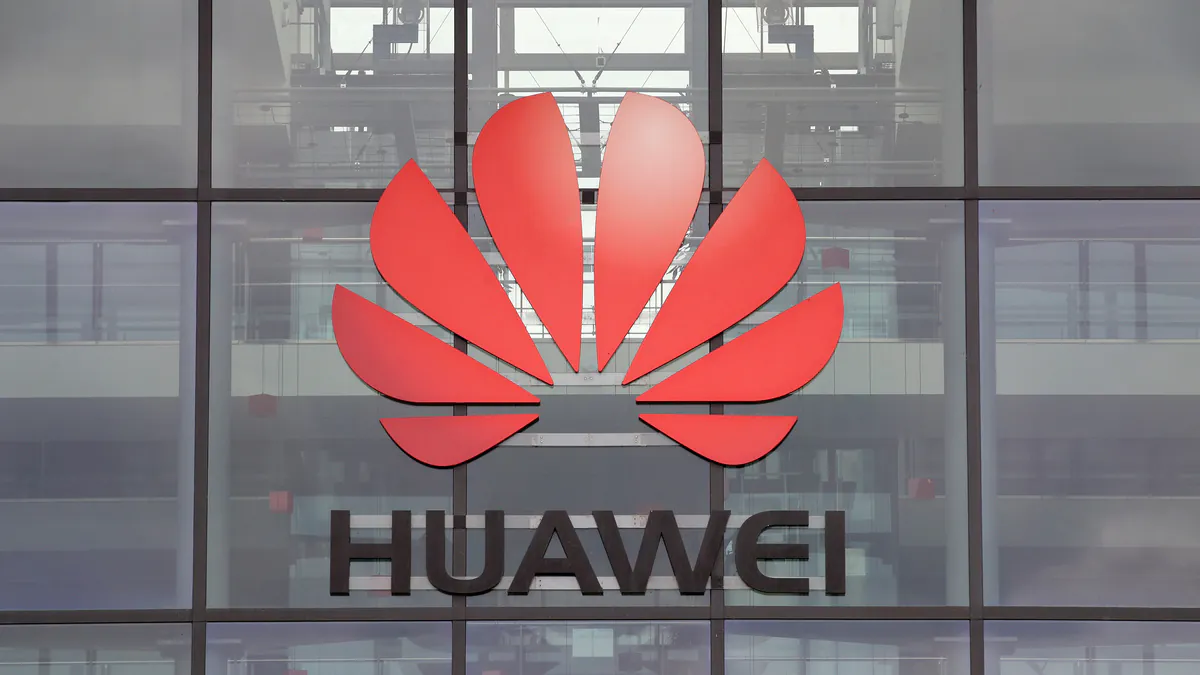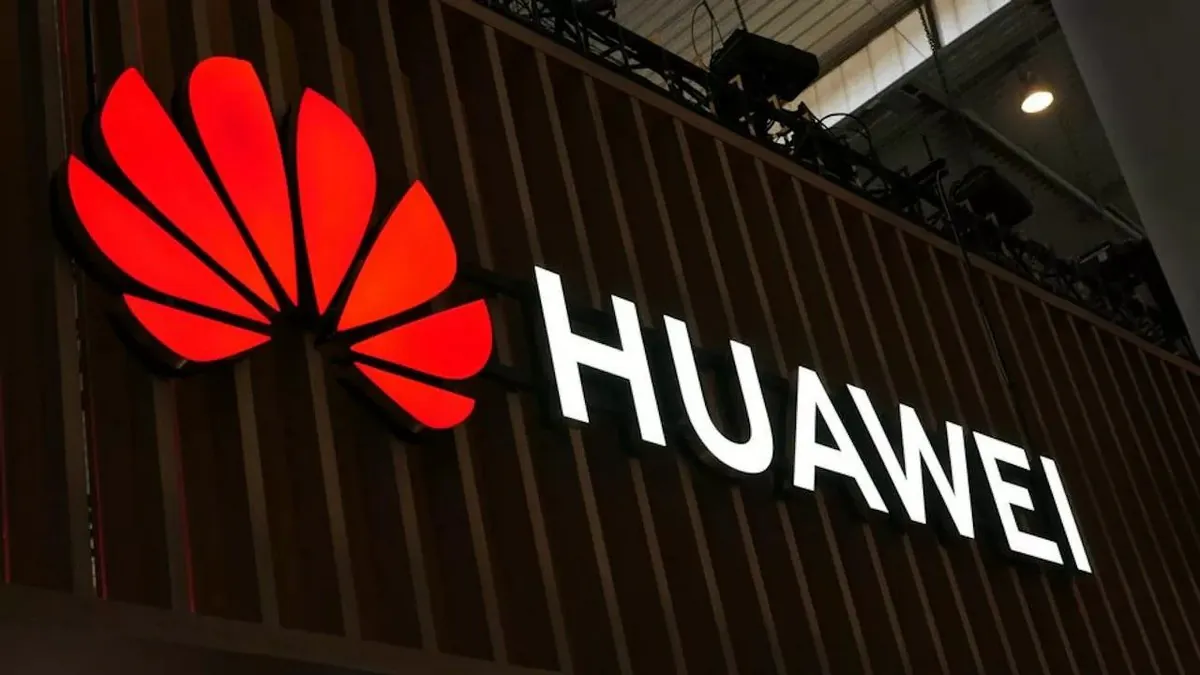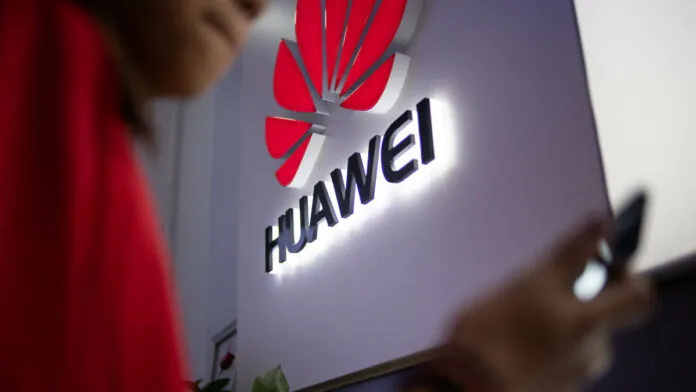© ROOT-NATION.com - Use of content is permitted with a backlink.
In 2023, the Chinese company Huawei Technologies showed the fastest growth in the last four years. The company said this was due to a recovery in the consumer segment and revenues from new businesses such as smart car components that accelerated its recovery from US sanctions.
The company’s revenue rose 9.63% year-on-year to 704.2 billion yuan ($97.48 billion), with the biggest contributor to this figure coming from its consumer business, which rose 17.3% to about $34.78 billion.

While Huawei did not provide a breakdown of its consumer business, this segment covers the phone business, which experienced a virtual renaissance last year when the company returned to the 5G-enabled smartphone market despite the sanctions thanks to the Kirin chip in the Mate 60.
Since 2019, the US has restricted Huawei’s access to American technology, accusing the company of posing a security threat, which Huawei denies. Last year marked the company’s third consecutive year of growth after revenue fell by nearly a third in 2021 as the company began to deplete chip inventories, although revenue remains below the 2020 peak of 891.3 billion (more than $120 billion).

Huawei has been relatively low-key about its achievement, skipping the press conference and presentation it has held every year, at least since the U.S. restrictions began. In a press release, company chairman Ken Hu said that the results were in line with forecasts. “Over the last few years, we have been through a lot. But, overcoming one challenge after another, we managed to grow,” he said. Net income in 2023 grew by 144.5% to just over $12 billion, and net profit margin more than doubled compared to the previous year to 12.35%.
According to a company representative, part of this profit was obtained thanks to current payments from the sale of smartphones of the Honor brand, which Huawei sold in November 2020. In addition, the company’s core ICT infrastructure business remained stable, while its cloud business grew by more than a fifth, bringing in revenue of nearly $7.65 billion.

Huawei’s four-year-old software and components business for smart cars also showed significant growth, albeit from a lower base of comparison, up 128.1% year-on-year to $650 million. Last year, Huawei even announced that it would spin off its “smart” car division into a new company.
Likely, the company will soon take a new step in the direction of increasing profits, because on April 2 it is planned to launch the Huawei P70 series of smartphones, consisting of four models – P70, P70 Pro, P70 Pro+ and P70 Art. The first two models, judging by the benchmarks, will work on the same Kirin 9000s chipset as last year’s flagships (by the way, you can find a review of the P60 Pro smartphone on our website at the link), but in the case of the P70 Pro+ and P70 Ar, surprises are possible.
Read also:
- The US and Huawei tussle grows as the chip sanctions get tougher
- Huawei ultrasonic fingerprint sensor has been shown off in a new patent


